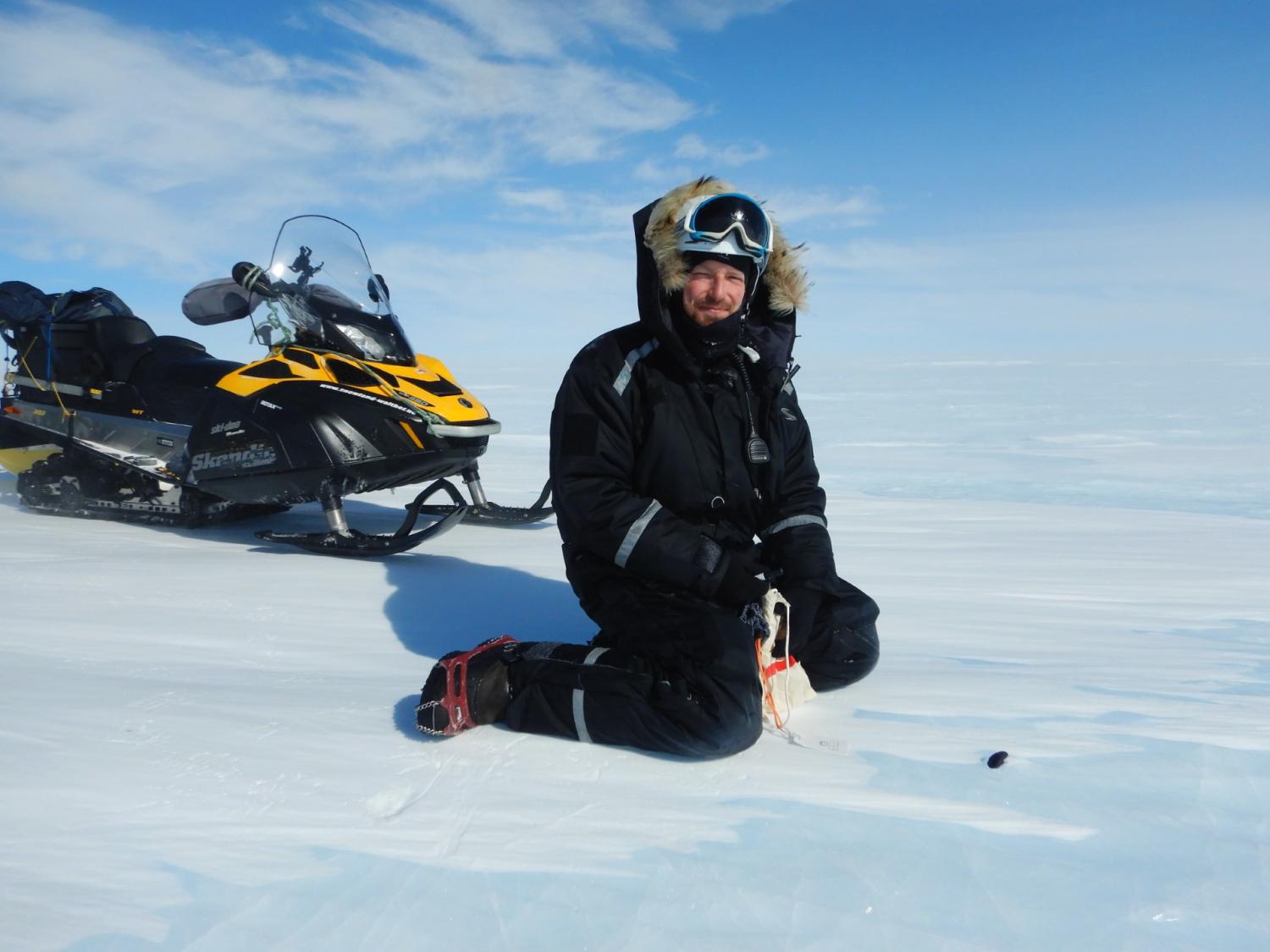
Recent scientific breakthroughs have revealed that the Chicxulub asteroid, which caused the extinction of the dinosaurs 66 million years ago, originated from the farthest reaches of our solar system. This groundbreaking discovery, published in the prestigious scientific journal Science, sheds new light on our solar system and the history of our planet. Professor Steven Goderis and his team from the Vrije Universiteit Brussel (VUB) played a key role in this research.
Our solar system is described as a dusty place, much like an old attic filled with forgotten treasures. The vast amount of cosmic dust floating as meteorites and asteroids is seen as the building blocks of the solar system. These objects, whether large or small, contain valuable information about the history and composition of planets, including our own Earth.
A Puzzle Piece Unveiled
The Chicxulub asteroid has long been shrouded in mystery. With a diameter of 10 to 12 kilometres, this massive object struck Mexico’s Yucatán Peninsula, forever altering the course of evolution on Earth. It is one of the most studied impact craters, as its collision led to the extinction of three-quarters of life on Earth, including the dinosaurs.
While it has been clear for some time that an asteroid was responsible, the exact origin remained a mystery. Thanks to isotope analyses, scientists have now confirmed that the asteroid was formed in the outer regions of the solar system, beyond the gas giants Jupiter and Saturn. The team used the isotope ratios of ruthenium, a rare metal, to determine the fingerprint of the Chicxulub asteroid. The asteroid's chemical composition matched that of other objects from the outer zone of the asteroid belt, which now orbit between Mars and Jupiter.

“Every asteroid is different, and by studying them, we’re better prepared for future impacts.”
Jupiter as Cosmic Referee
These findings confirm that the asteroid was pulled into the inner solar system by Jupiter’s immense gravity. Jupiter played a crucial role in this process, acting like a cosmic pinball machine, pushing objects such as the Chicxulub asteroid from the far edges of the solar system towards the inner planets.
Shortly after its formation, Jupiter temporarily migrated closer to the Sun before returning to its current position. This migration caused material from the outer regions to be slung into the inner solar system. This explains how an asteroid that originally formed far beyond the asteroid belt around Mars and Jupiter could eventually strike Earth.
Jupiter created a dividing line between the inner and outer parts of the solar system. Objects from the outer solar system, like the Chicxulub asteroid, contain more volatile elements like carbon and organic materials. These so-called ‘carbonaceous’ asteroids differ significantly from the objects found closer to the Sun.
Earth Shrouded in Darkness
The Chicxulub asteroid struck at a speed of 15 to 20 kilometres per second, leaving behind a massive crater 180 kilometres in diameter. The impact released enormous amounts of dust and debris, blocking sunlight. This plunged Earth into a cold period for several decades, followed by an increase in greenhouse gases. Together, these events caused a mass extinction of plants and animals, including the non-avian dinosaurs.
For a long time, it was thought that sulphur from Yucatán’s subsoil, released by the impact, was responsible for the catastrophic darkness on Earth. However, recent research indicates that it was the extremely fine silicate-rich dust that lingered in the atmosphere for years, blocking sunlight. This halted photosynthesis, leading to the collapse of the food web and mass extinction.
The consequences were so drastic that it took about twenty years for the dust to fully settle on Earth. By then, many species had already gone extinct. However, this drastic event allowed mammals – and eventually, Homo sapiens – to thrive and evolve.
"Science is Not a Solo Project"
For Goderis, science is a constantly evolving process, where each discovery builds on the findings of others. “Science is not a solo project,” he says. “I came to the VUB to collaborate with Professor Philippe Claeys, who pioneered research into impact craters here. Together with our research group, we’ve built a large collection of meteorites and impact-related rocks. These form a crucial foundation for this research.”
Collaboration with international scientists was vital to the success of the Chicxulub asteroid study. For this particular study, they worked with Dr. Mario Fischer-Gödde from the University of Cologne. He is one of the few scientists in the world who can measure ruthenium isotope ratios with the required precision. It took several years to gather all the necessary data, but the results were worth the wait.

Extraterrestrial Treasures in Antarctica
In addition to studying the Chicxulub asteroid, Goderis also examines meteorites found in other parts of the world. One important location for this research is Antarctica, which acts as a natural freezer for meteorites. The extreme cold preserves meteorites well, and the colour contrast with the ice makes them easier to find. Together with glaciologists from VUB and ULB, Goderis and his team have developed a method using machine learning to predict where meteorites are most likely to be found.
The team has even found meteorite fragments in Antarctica that may share the same fingerprint as the Chicxulub asteroid – a hint that this type of object might have struck Earth more frequently than previously thought.
“Every meteorite is a puzzle piece that tells us more about our solar system, and we’ve only solved a small part of that puzzle.”
Future Discoveries and Planetary Defence
The knowledge gained by Goderis and his team is not only crucial for understanding Earth's history but also for safeguarding our future. NASA is currently experimenting with techniques to deflect asteroids. Recently, the space agency deliberately fired a probe at an asteroid to test whether we can change the trajectory of such an object.
It’s essential to know where asteroids come from and what their composition is. Every asteroid is different, and by studying them, we’re better prepared for potential future impacts. The techniques being developed now could one day help protect Earth from a future disaster.
A New Era of Discoveries
With new expeditions to Antarctica and the ongoing analysis of meteorites, many more discoveries lie ahead. Every meteorite is a puzzle piece that tells us more about the past of our solar system and our planet. And we’ve only solved a small part of that puzzle. But every step brings us closer to fully understanding the origins and evolution of Earth and the objects that shaped it.
The support from the Vrije Universiteit Brussel and the international scientific community is invaluable in this work. Without the vision of the VUB and the dedication of colleagues and collaborators, this research wouldn't be possible. It’s exciting to be part of such an important field that looks both to the past and to the future.
Bio Steven Goderis
Prof. Dr Steven Goderis is a geochemist affiliated with the Vrije Universiteit Brussel (VUB) and specialises in the study of extraterrestrial material and its potential impact on the evolution of our planet. He is one of the group leaders within the Archaeology, Environmental Changes and Geo-Chemistry (AMGC) Large Research Group at the VUB. In late August, a new paper on the Chicxulub asteroid impact was published in the renowned scientific journal *Science*, featuring a significant contribution from the AMGC research group.

